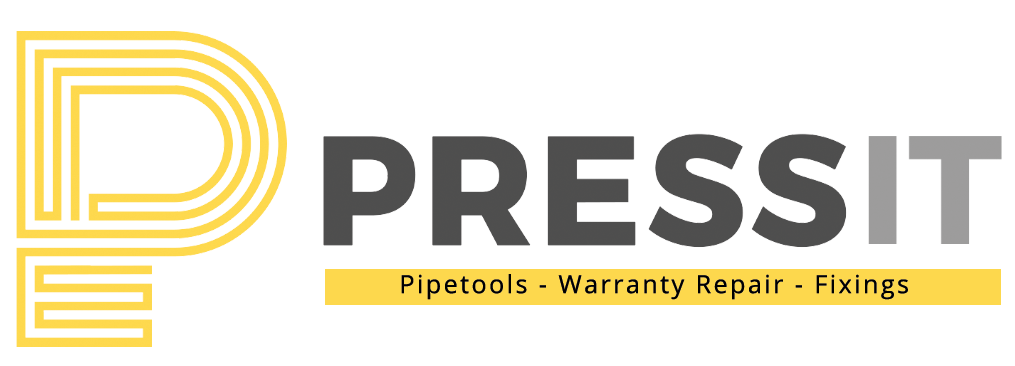Rothenberger Press Tools have revolutionised plumbing and industrial piping projects with their efficiency and reliability. However, even the best tools encounter issues from time to time, causing inconvenience and delays. In this article, we'll explore common problems that users may encounter while using Rothenberger Press Tools and provide comprehensive troubleshooting steps. Whether you're a professional plumber or a DIY enthusiast, this guide will help you keep your press tools running smoothly and efficiently.
Skip the Reading and Order Rothenber Press Tool>>
Understanding Rothenberger Press Tools
Rothenberger Press Tools are advanced hydraulic devices designed to join pipes without the need for soldering or welding. They utilise the latest technology to ensure secure and leak-free connections, making them popular across various industries, including plumbing, HVAC, and gas installations.
Common Problems and Their Causes
Despite their excellence, Rothenberger Press Tools can face specific issues during their lifespan. Some of the most common problems include:
- Battery or Power Issues: The tool may experience power-related problems.
- Incorrect Crimps: Users may encounter problems with crimping accuracy.
- Seal Ring Wear: The seal rings in the tool can wear out over time.
Troubleshooting Guide
- Battery or Power Issues: When facing power-related problems:
- Step 1: Charge or replace the battery as needed.
- Step 2: Check the power connections for any loose wires.
- Step 3: Inspect the tool's electrical components for signs of damage.
- Incorrect Crimps: To ensure accurate crimps, consider the following:
- Step 1: Verify that you are using the correct jaw size for the pipe.
- Step 2: Clean the jaws and inspect for any signs of wear.
- Step 3: Recrimp the joint if necessary using the appropriate pressure.
- Seal Ring Wear: To address seal ring wear issues:
- Step 1: Disassemble the tool to access the seal rings.
- Step 2: Replace any worn or damaged rings with genuine spare parts.
- Step 3: Reassemble the tool carefully and perform a test crimp.
Maintenance and Prevention
To prevent problems and prolong the life of your Rothenberger Press Tool:
- Regular Cleaning: Clean the tool after each use to remove debris and contaminants.
- Lubrication: Apply lubricant to moving parts as recommended by the manufacturer.
- Proper Storage: Store the tool in a dry and clean environment to avoid damage.
- Calibration Check: Periodically check and recalibrate the tool for accuracy.
Safety Measures
While troubleshooting, prioritise safety to prevent accidents and injuries:
- Safety Gear: Always wear appropriate safety gear, including gloves and goggles.
- Powered-off Inspection: Before troubleshooting, disconnect the tool from power.
- No Forced Operation: Never force the tool to operate if it's not functioning correctly.
Professional Support and When to Seek It
If you encounter complex issues or lack the technical expertise to resolve a problem, seek professional assistance such as those from PressIT UK.
Conclusion
Rothenberger Press Tools are valuable assets for plumbing and piping projects, but occasional problems can disrupt workflow. By understanding the common problems and following the troubleshooting guide provided, you can keep your press tools in top shape, ensuring efficiency and precision in your work.
FAQs About Rothenberger Press Tool Problems
- How often should I recalibrate the press tool? Calibration should be performed annually or as recommended in the user manual.
- Can I repair the tool myself if it malfunctions? Some minor issues can be fixed by users, but for complex problems, seek professional help.
- What should I do if the tool doesn't crimp at all? Check the battery, power connections, and trigger for any issues before attempting a repair.
- Are Rothenberger Press Tools suitable for underground installations? Yes, they are commonly used for underground applications due to their reliability.
